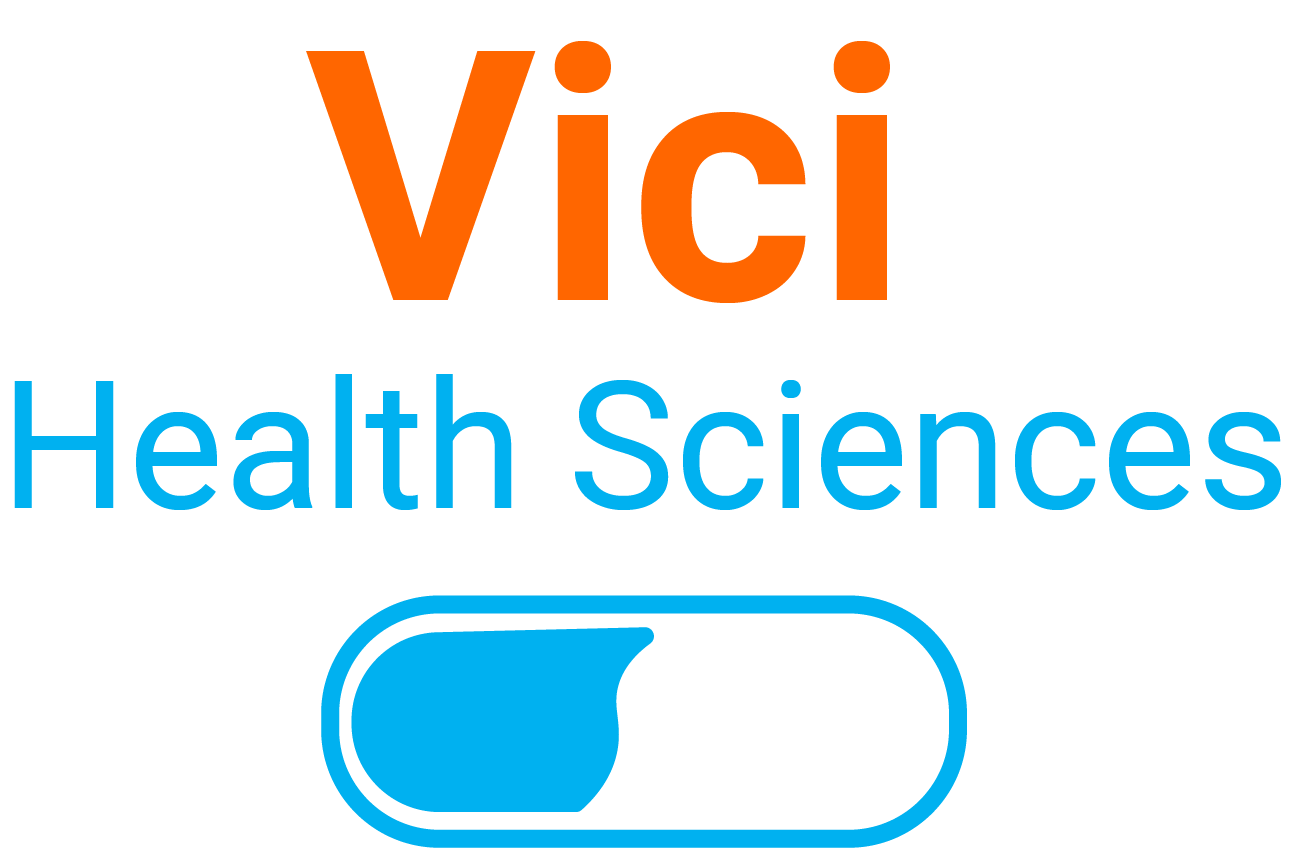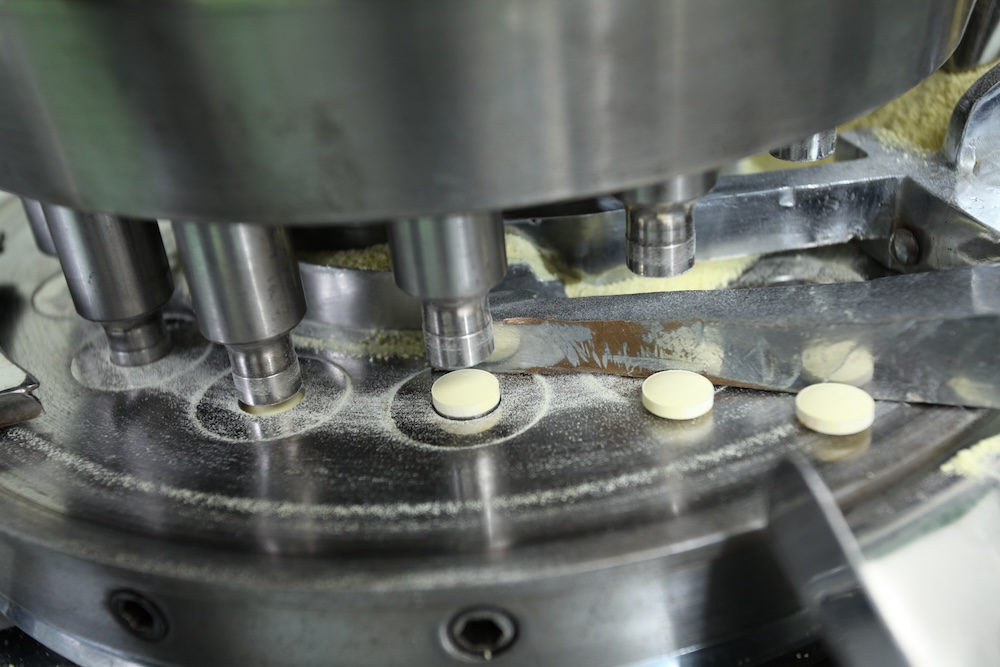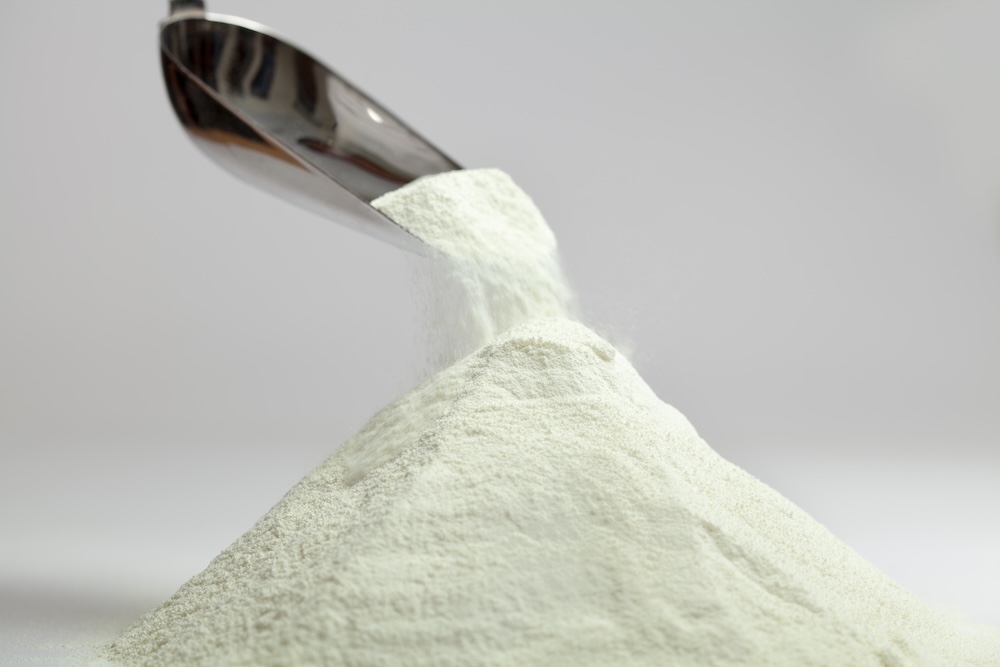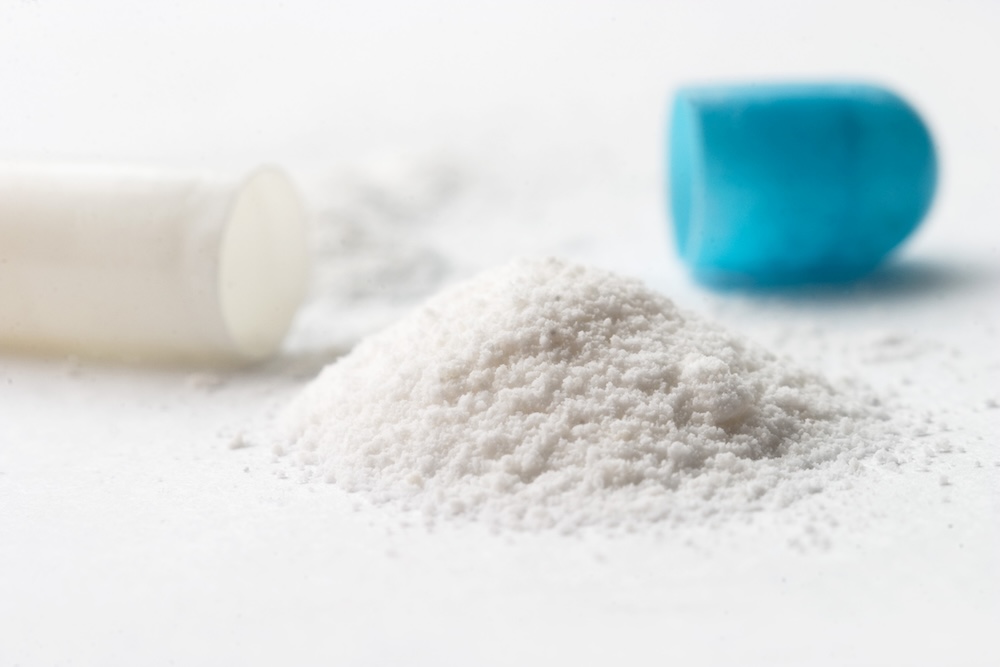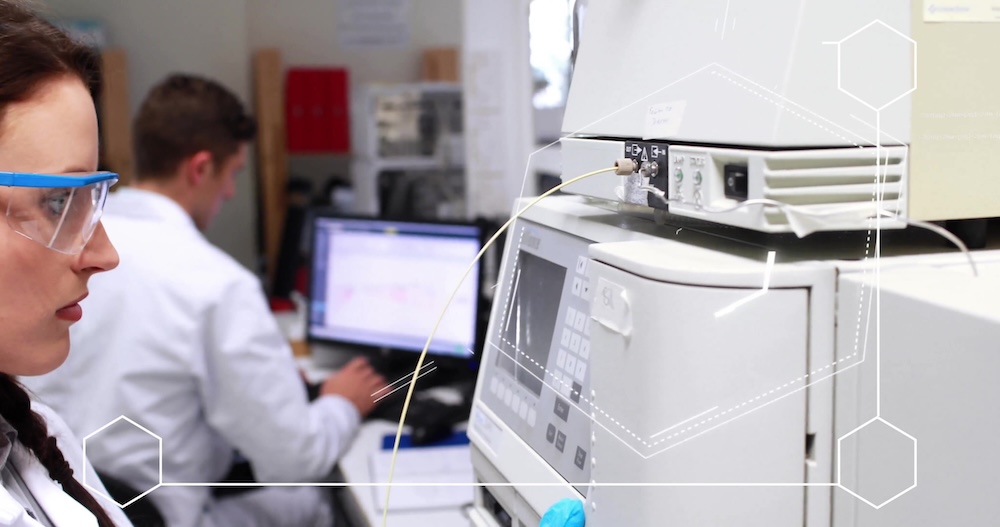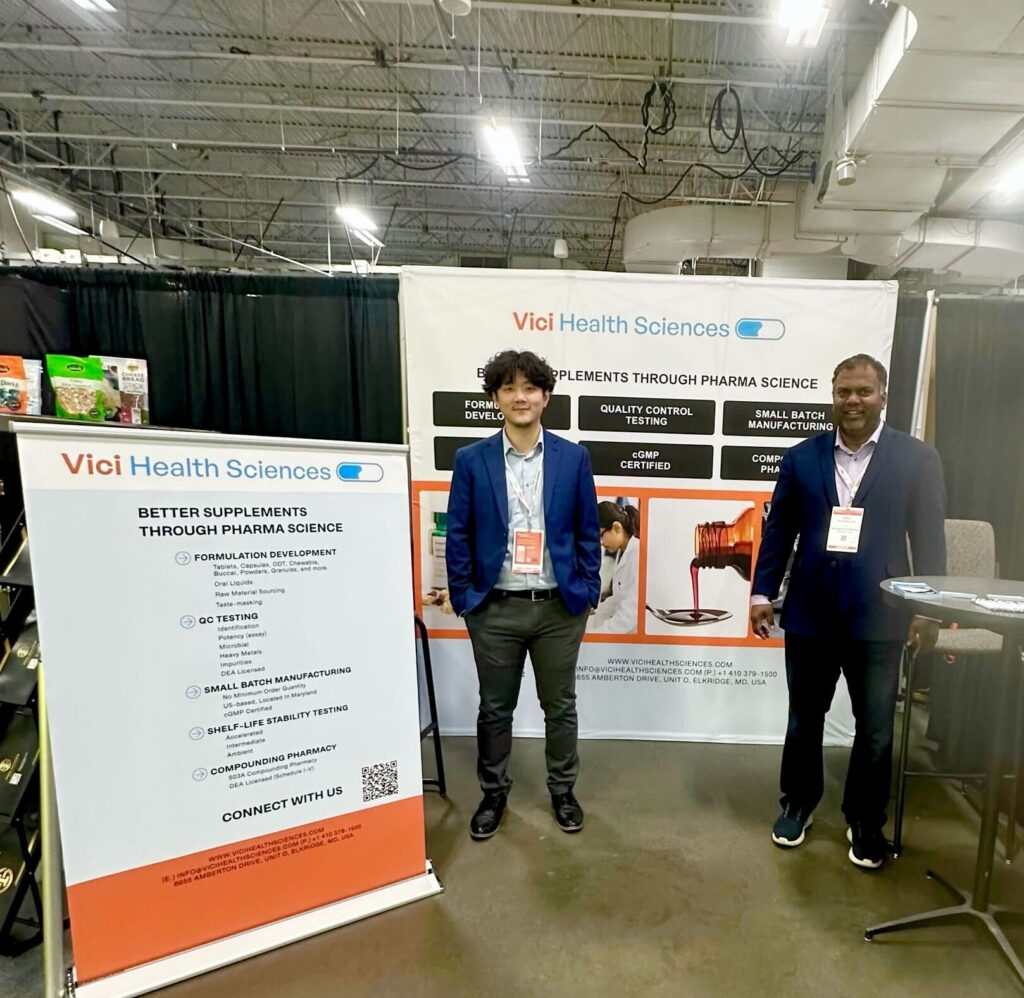HPLC is an advanced sorting tool for QC testing; it allows manufacturers to verify the quality of their products with high precision. It also helps ensure that products comply with cGMP and meet the regulatory requirements set by agencies like the FDA.
How Does HPLC Work?
HPLC separates substances in a liquid sample based on how they interact in the mobile and stationary phases. First, a liquid sample is injected into the system to start the sorting process. The mobile phase—which could be methanol, water, or another solvent—carries the liquid sample through a tube known as the chromatography column.
As the sample moves through the column, different substances travel at varying speeds, depending on the strength of their interaction with the stationary phase. Some compounds move quickly while others take longer to pass through the column. This difference in movement causes the components to separate, allowing for their identification and quantification.
Once the substances are separated, the system uses detectors such as PDA (photodiode array), UV (ultraviolet), or RI (refractive index) to measure them. The detector converts the data into a chromatogram (or chemical fingerprint) that shows exactly what is in the sample and in what amounts. This method works well for verifying potency (assay) and analytical testing, such as impurity testing and API testing.
Advantages of Using HPLC for QC Testing
One of the biggest reasons HPLC is widely used for QC testing is that it is very precise and accurate. It helps manufacturers measure potency (assay) reliably, which is important for patient safety and meeting regulations. This is crucial for making sure active pharmaceutical ingredients (APIs) meet the correct specifications.
HPLC is also very versatile and can handle complex mixtures in pharmaceuticals and dietary supplements. It works well for analyzing synthetic drugs, botanical extracts, or proteins. Because it separates each component with high precision and provides detailed quantification, it is a reliable tool for accurate analysis.
Types of HPLC Techniques
HPLC is one of the most widely used QC testing methods, but there is no single technique that works for every analysis. The technique used depends on the chemical properties of the sample being analyzed.
Reserved-phase HPLC is the most common method in pharmaceutical applications. It is especially useful for separating non-polar compounds, which do not mix well with water. On the other hand, normal-phase HPLC is better for separating polar compounds, which interact more with the column material.
There are also other specialized techniques for certain types of samples. Ion-exchange chromatography is great for separating proteins, amino acids, and other molecules with an electrical charge. Size-exclusion chromatography is usually used in stability testing to measure the size and distribution of molecules. This helps researchers understand how a product holds up over time.
Why Is HPLC the Preferred QC Method?
Compared to other methods, HPLC is more sensitive and reproducible. It’s cGMP compliant and meets FDA requirements for method validation and routine QC testing.
Other methods like spectrophotometry or thin layer chromatography may work for some tests, but don’t provide the same level of accuracy or data integrity needed for pharmaceutical and dietary supplement testing.
Deformulation or reverse engineering are useful for some types of analysis, but HPLC is still the method of choice for QC testing in the pharmaceutical and dietary supplement industry because it’s accurate, precise, and trusted by regulators.
Uses of HPLC in Pharmaceutical Testing
In pharmaceutical companies, one key QC testing application is potency (assay) testing. This test checks that the active ingredient is present in the right amount. This is crucial for making sure the drug works effectively. Another important use is impurity testing, which helps detect unwanted substances that could affect the safety of products.
HPLC is also important for other tests, such as:
- Stability-indicating assay methods: These show how a drug breaks down over time. It supports stability testing and helps manufacturers set expiration dates.
- Dissolution testing: This checks how a drug dissolves in the body.
- Content uniformity testing ensures that active ingredients are evenly distributed within each tablet or capsule.
How HPLC Helps With Dietary Supplement Quality Control
Dietary supplements differ from pharmaceuticals in that they often contain botanical extracts, vitamins, and multiple active ingredients. That’s where HPLC comes in. It confirms that the ingredients listed on the label are actually in the product and in the right amounts like this study shows.
HPLC is also used for purity and safety testing. Supplements can be contaminated with heavy metals, pesticides or undeclared pharmaceutical ingredients.
Another use of HPLC is for stability testing. Just like pharmaceuticals, dietary supplements need to remain effective over time. Vitamins and herbal compounds can degrade as they age, so manufacturers use HPLC to check that supplements remain potent throughout their shelf life.
Deliver Quality With Vici Health Sciences
As you can see by now, HPLC is a big tool for quality control for both pharmaceuticals and dietary supplements. It helps deliver more precise results, so manufacturers can be sure that their products stay safe, effective, and meet regulatory standards. For small businesses looking to improve their QC practices, using HPLC can make a big difference.
At Vici Health Sciences, we help companies with customized solutions for QC testing, including services like HPLC method development and validation. Our expertise helps your products meet FDA requirements while maintaining reliable data.
Get in touch with us today to find out how we can support your analytical testing needs.


